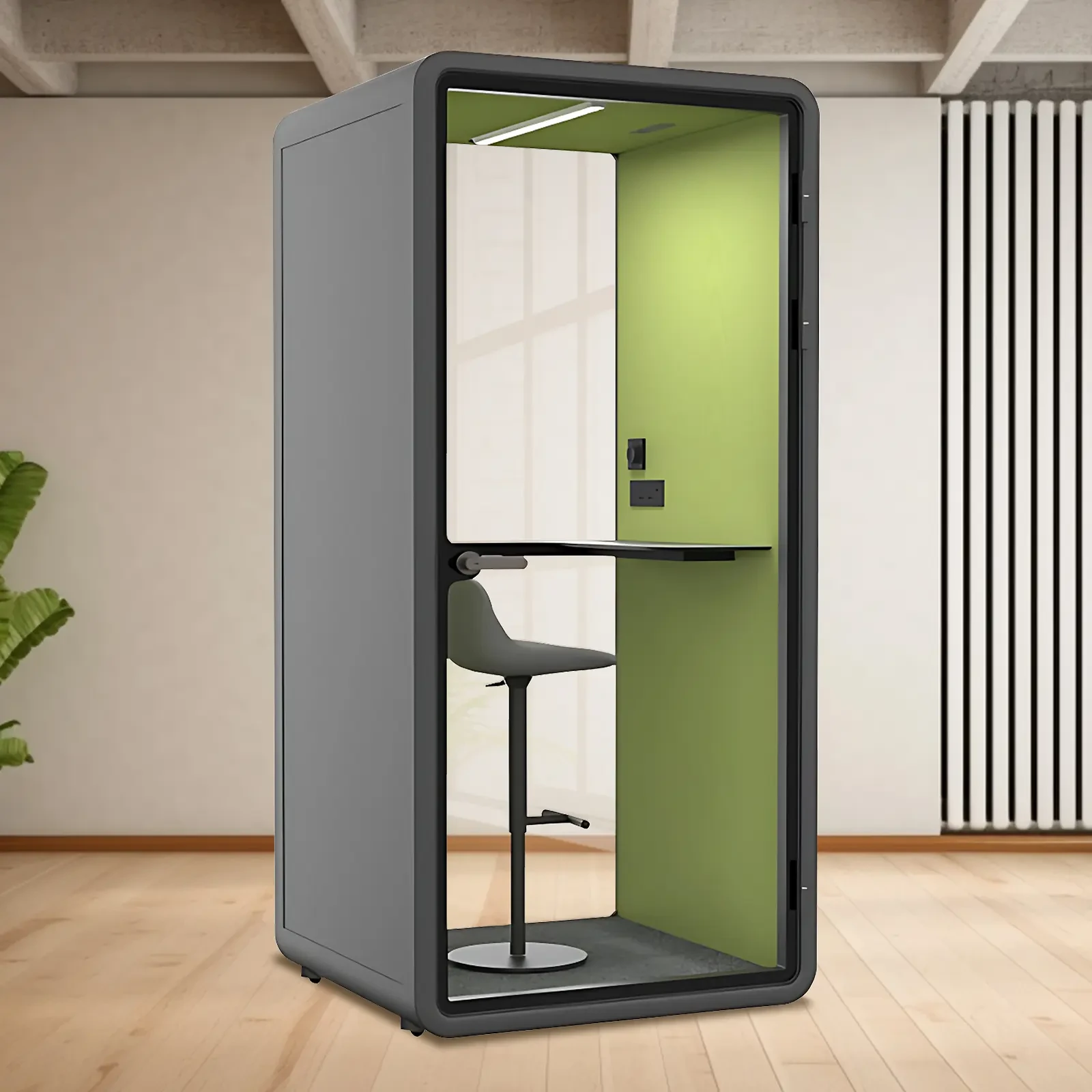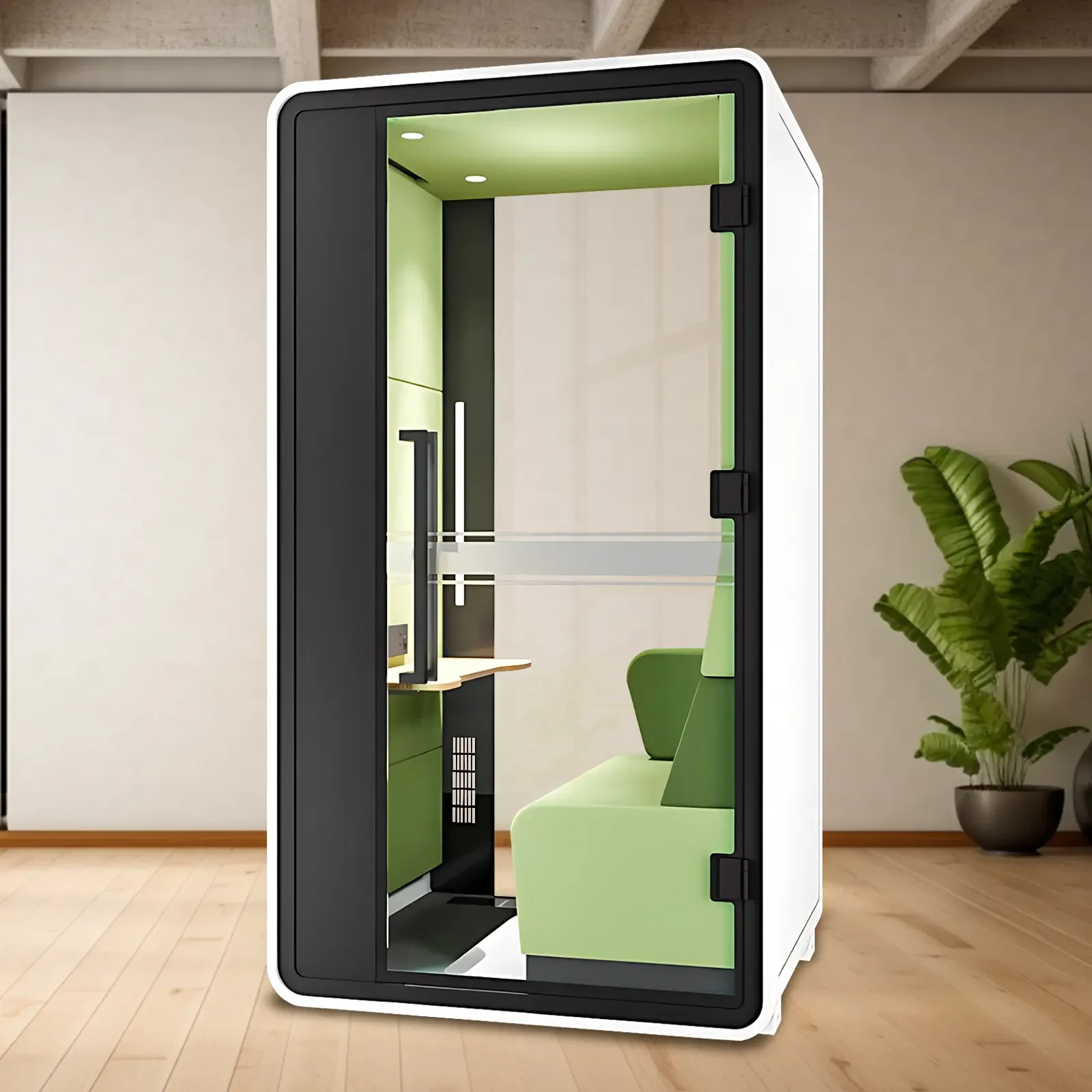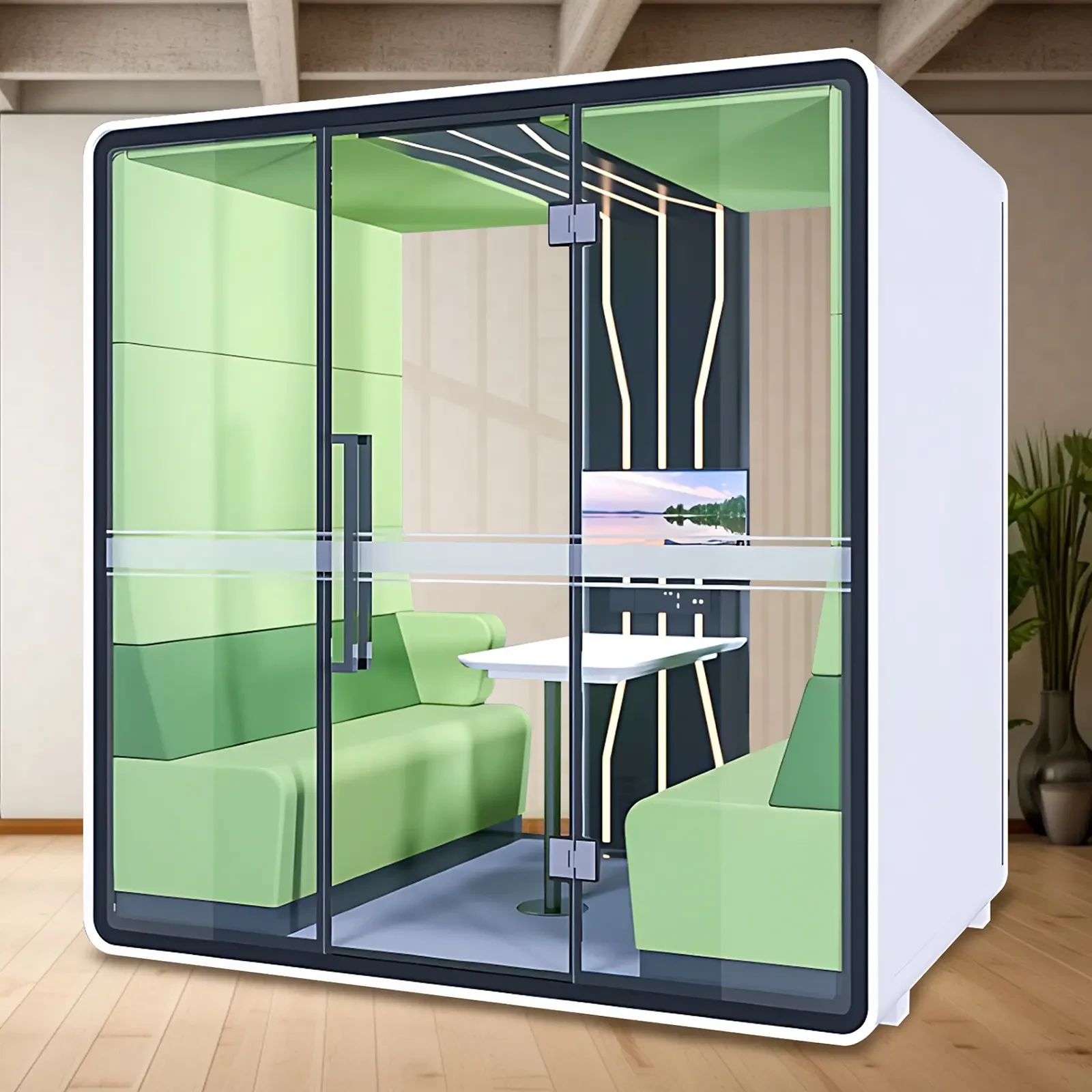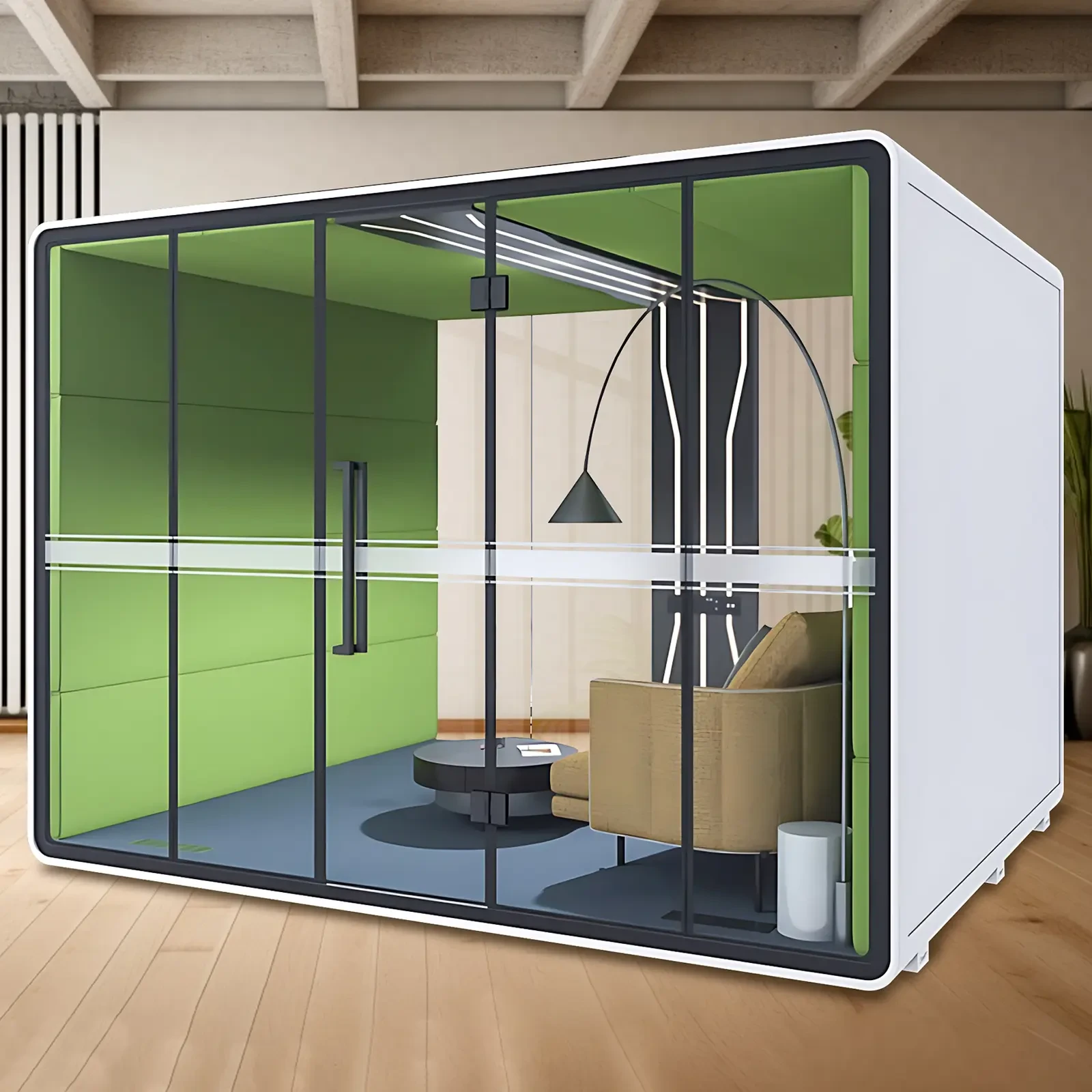An increasingly effective and practical way to reach a meditative state in our homes is necessary. Thus, the soundproof room, as an idea, has taken hold. Many houses today are equipped with what might most generously be called soundproof rooms. Most of those houses, though, have not been equipped with a kind of room that, in terms of how sound behaves, is indistinguishable from a non-room. How to soundproof a room involves four key methods, but the simplest and by far the best is using sound absorption. Absorption does work; it works so well that it often does the exact opposite of what is desired. Instead of making a space feel like a space, absorption can make a space feel like the inside of a coffin.
Planning for Effective Soundproofing Strategies
The next step is to organize and design the space so that it is less likely to let sound in from the outside (or inside) once the noise type and source have been identified. This means addressing the came-together construction of the walls, floors, and ceilings, and any small gaps, cracks, or unsealed edges that could let sound intrude more easily.
Assuming we have a good plan, it also means paying attention to the density of the materials we use, the dumb placement of rooms concerning noise sources, and the integration of sound-suppressing elements (dumb?) that don't interfere with the space's (therefore my) functionality or style.
Creating a Balanced Interior Environment
Achieving a truly peaceful environment cannot be reduced to mere soundproofing technicalities. Like any other element of interior design, soundproofing has to "function" at a basic level, and, as with any other element of that interior design, it has to have the look and feel of soundproofing because there is a visual component to soundproofing, just as there is a visual component to any basic design.
Essentially, effective soundproofing has to work not only with the arrangement of furniture and the choice of materials but also with the use of decorative elements that create what experts call "a visual environment that looks right and feels right as far as sound is concerned."
Addressing Sound Leaks and Small Gaps
Even the most solid walls and floors can lose their effectiveness if small openings are left unaddressed because sound can travel through even the tiniest of spaces. These gaps may be found around doors, windows, electrical outlets, or ventilation points. Sealing them can make a noticeable difference in reducing noise intrusion.
Attention to these details ensures that the entire soundproofing effort works in a coordinated way rather than being undermined by gaps that have been overlooked. While the adjustments that I have been describing might seem minor, their impact on overall noise reduction can be quite significant, making them a part of the process that I consider vital.
The Psychological Benefits of Reduced Noise
A well-soundproofed room can deliver more than a mere physical reduction in noise. It can have a substantial effect on mental well-being, on productivity, and the quite audible quality of life in the literal sense. Consider: the soundproofing should allow no unwanted sound whatsoever, and no sound that is either noise or unwanted sound can get in.
So the question arises, both for the physicist and for the layperson who is just trying to get a better quality of life and an increase in the kind of productivity that is not just possible but also probable, given a more desirable auditory environment—is it even feasible to soundproof a room? And how to soundproof a room?
Maintaining Long-Term Soundproofing Results
Keeping a space soundproof is most effective when it is maintained over time. But wear and tear on building materials, structural shifting, and room usage changes can diminish soundproofing's effectiveness.
To keep it effective, conduct regular inspections looking for new gaps and cracks and scrutinizing old ones for signs of new weakness. Attention to detail and consistency are key. While soundproofing isn’t difficult to maintain, it does require a mindset of ongoing care to ensure it remains effective and reliable.
Integrating Soundproofing with Modern Lifestyles
Today’s living and working environments often require adaptability, with spaces used for all kinds of purposes—like remote work or entertainment—that can be most easily satisfied when the room is designed to have a range of uses and acoustic needs. In essence, acoustic design for multipurpose rooms is no different than acoustic design for any room with a single purpose—except, perhaps, for the added challenge of ensuring that the room can also control noise well enough for a variety of uses at different times.
Smart Soundproof Meeting Room for Teams of Up to 6: This contemporary, black-toned conference pod serves as a ready-to-use, highly insulated space for small team meetings, brainstorming, or customer video calls, eliminating the challenges of scarce conference rooms and disruptive surroundings. Its transparent glass walls offer openness without compromising privacy. Premium acoustic glass and multi-layer soundproofing deliver approximately 35 ± 5 dB noise reduction, meaning sharp, focused sound in and out of the pod. And with a built-in smart system that includes everything from ventilation to illumination, the pod is an almost uncanny, practical space suitable for offices, broadcasts, and negotiations.
Recommendation
If you're looking for top-notch professional assistance and materials to achieve effective soundproofing, X-comfot is your go-to. A company that offers an extensive, ultra-tailored range of expertly designed solutions, and we make the confusing art and science of how to soundproof a room easy to grasp and apply. And X-comfot's pro materials, top-notch service, and clear guidance ensure that you understand how to achieve lasting comfort and improved acoustic performance in any space.

 USD
USD
 GBP
GBP
 EUR
EUR






